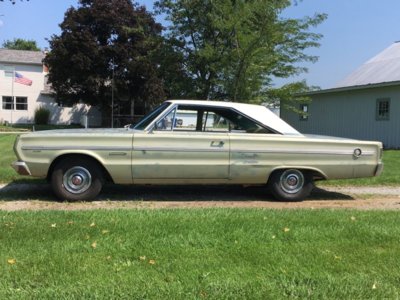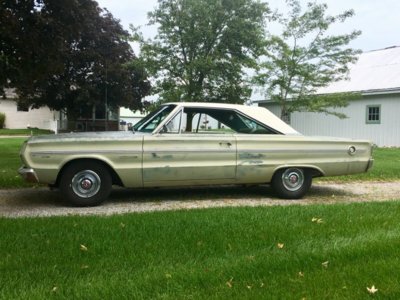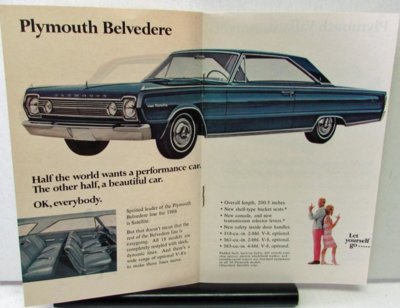Visually, I could care less when deciding where to set my ride height--I just want it where it belongs for the best ride, etc. But for those who do, here is the ride height using the measurement from bottom of the steering knuckle arm where it meets the tie rod end, and the ride height using the measurement from the bottom of the steering knuckle arm just below the ball joint next to the grease zerk.
The one with the U.S. flag in the background used the measurement just below the ball joint next to the grease zerk.
The height difference between the two methods at the front fender was about 3/4".
Measuring next to the grease zerk makes the top of the fender about the same height at both axles, front and rear.
Measuring from the point at the tie rod end makes the back end higher than the front.
I have no clue whether Plymouth & Chrysler Corp. intended the back to sit a little higher, or if they're supposed to be even. Who knows?



















